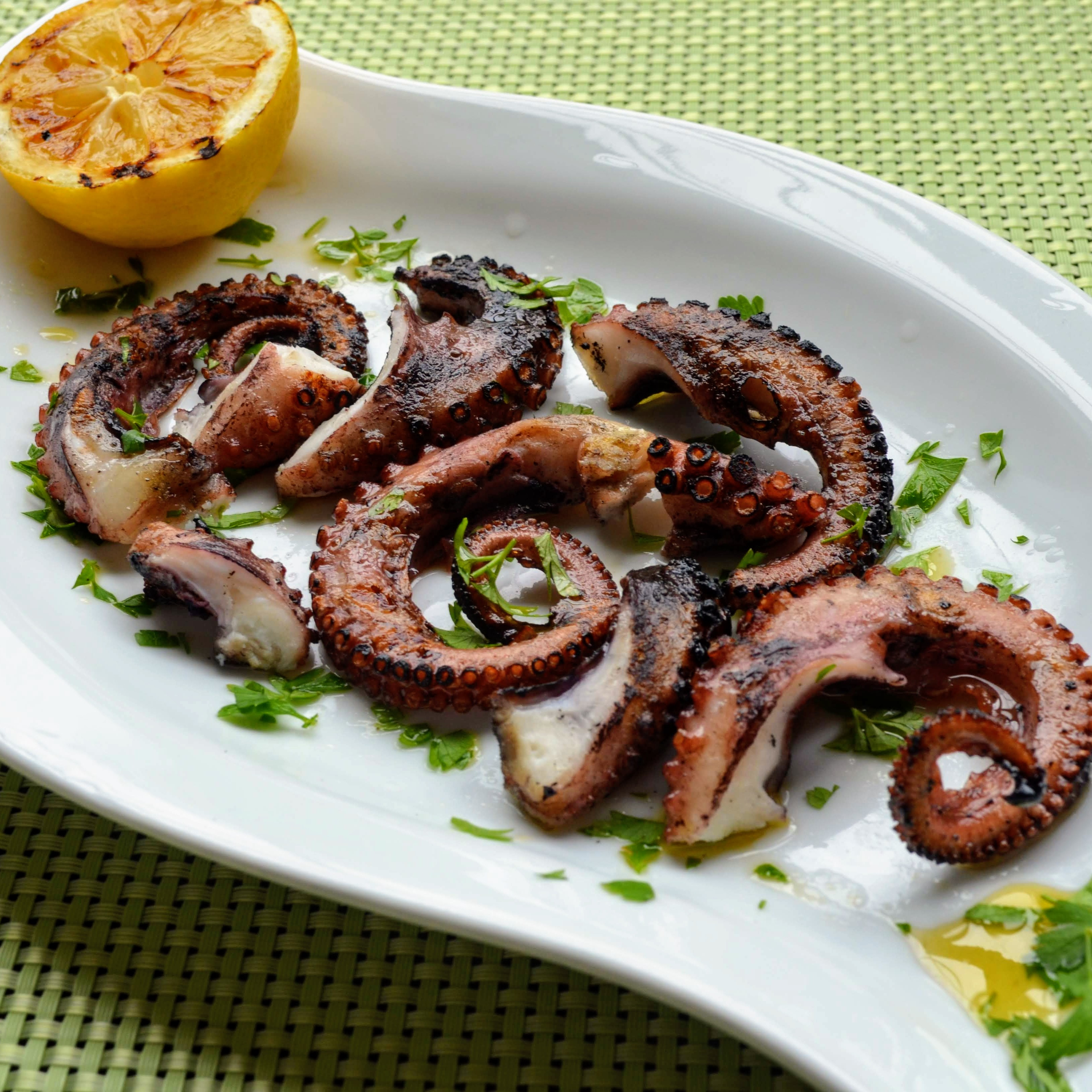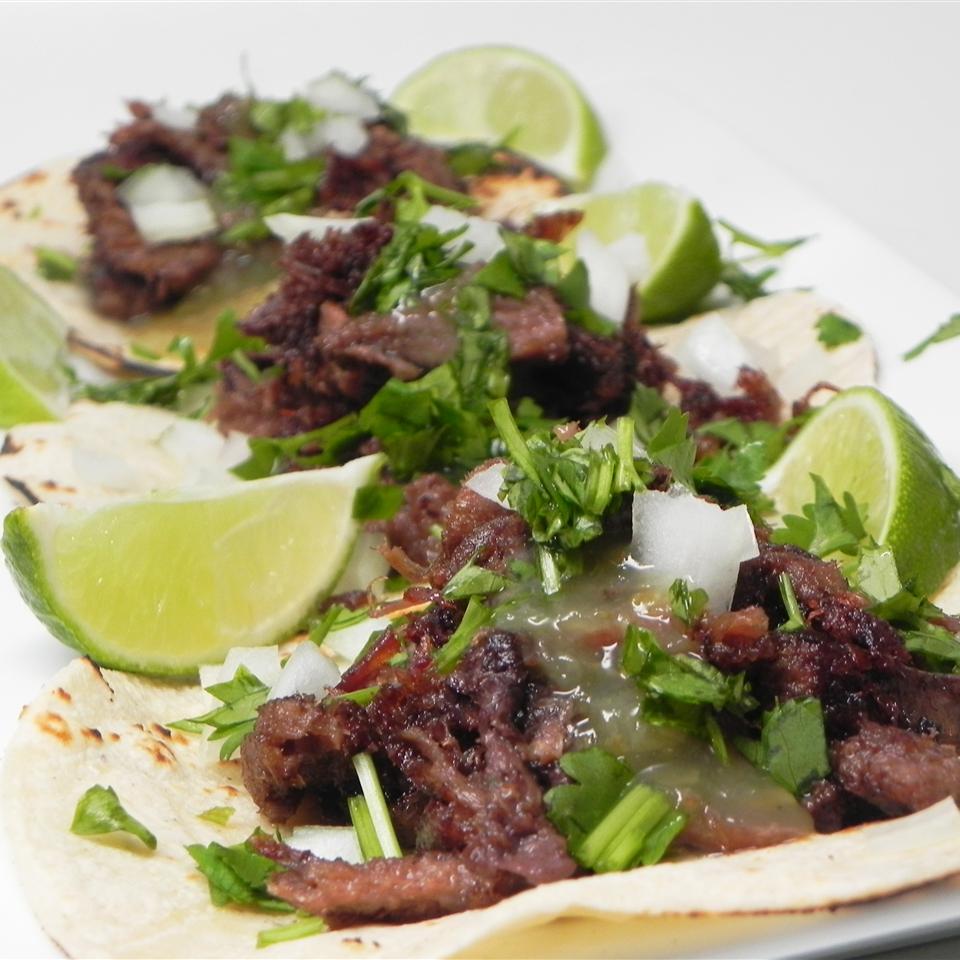For all my friends thats always asking how to make and can these delectable treats.ow to Make Home-Canned Boiled Peanuts, Easily! from fresh Green Peanuts in the Shell If you are from the deep South of the United States, you undoubtedly have tried boiled peanuts. They are definitely an acquired taste but are a traditional snack...
Provided by Zona Meeks
Categories Nuts
Time 4h30m
Number Of Ingredients 1
Steps:
- 1. The resulting food is a very soft peanut in the shell, invariably quite salty. The softened peanuts are easy to open. Often small, immature peanuts (called "pops") are included, which have even softer shells and can be eaten in entirety. These tend to absorb more salt than the larger ones. Uneaten peanuts should be stored in a refrigerator, as they can become slimy or moldy quite quickly without refrigeration. Boiled peanuts can be frozen, and later reheated in a microwave for out of season consumption. Boiled peanuts can also be canned to eat later or give away as gifts. But you MUST use a pressure canner. Given high protein content and ease of storage, boiled peanuts are an excellent food for very hot weather and outdoor work, although the high salt content could be a problem for some people. -------------------------------------------------------------------------------- Ingredients Green peanuts in the shell. About 1 pound per quart jar you want to make (see step 1) 1 pound of pickling/canning salt or kosher salt Equipment 1 Pressure Canner (a large pressure pot with a lifting rack to sterilize the jars after filling (about $75 to $200 at mall kitchen stores and "big box" stores, but it is cheaper online; see this page for more information). For low acid foods (most vegetables, you can't use an open water bath canner, it has to be a pressure canner to getthe high temperatures to kill the bacteria. If you plan on canning every year, they're worth the investment. Jar grabber (to pick up the hot jars) Jar funnel ($2 at mall kitchen stores and local "big box" stores, but it's usually cheaper online from our affiliates)t) At least 1 large pot Large spoons and ladles Ball jars (Publix, Kroger, other grocery stores and some "big box" stores carry them - about $8 per dozen quart jars including the lids and rings) Salt (optional - I don't use any) --------------------------------------------------------------------------------
- 2. Directions for Making Canned Green Peanuts Step 1 - Select your peanuts Select fully mature, but still green peanuts. They must not be roasted or already cooked or dried. Fully mature peanuts do not make good quality boiled peanuts; rather raw or "green" ones are used. "Raw" denotes peanuts in a semi-mature state, having achieved full size, but not being fully dried, as would be needed for roasting or peanut butter use. The most flavorful peanuts for boiling are the Valencia type. These are preferred in the United States, being grown in gardens and small patches throughout the South. Green Virginia type peanuts are also sometimes used - these do have larger kernels, but the flavor is not as good. Step 2 - Prepare the jars and pressure canner Wash the jars and lids This is a good time to get the jars ready! The dishwasher is fine for the jars; especially if it has a "sterilize" cycle. Otherwise put the jars in boiling water for 10 minutes. I just put the lids in a small pot of almost boiling water for 5 minutes, and use the magnetic "lid lifter wand" (available from target, other big box stores, and often grocery stores; and available online - see this page) to pull them out. Get a large pot of water boiling We will use this water to pour over the beans and fill each jar with liquid, after we've packed them full of beans. I use the largest pot I have, so that there is plenty of clean, boiling water ready when I need it. Get the pressure canner heating up Rinse out your pressure canner, put the rack plate in the bottom, and fill it to a depth of 4 inches with hot tap water. (of course, follow the instruction that came with the canner, if they are different). Put it on the stove over low heat, with the lid OFF of it, just to get it heating up for later on. Step 3 -Wash the peanuts Wash them under running water. Step 4 - Soak the peanuts Soak the peanuts in the shell in fresh water for one hour.
- 3. Step 5 - Soak again Discard the water, cover again with fresh water and soak for another hour. Step 6 - Soak a third time! Repeat this soaking process one more time for one more hour. This makes a total soaking time of three hours, using fresh water each time. Step 7 - Make a brine solution Combine 1 cup of pickling salt or kosher salt with 1 gallon of water. Set this on a burner on low heat (so it does not boil away) until you are ready to fill the jars (Step 10 ) Step 8 - Parboil the peanuts Then parboil the peanuts for 10 minutes in fresh water and drain. Parboiling means to maintain the stove's burner so that the water is simmering, just below boiling. This can be done inside on the stove or outside on a propane burner for a larger volume. The boil can go on longer than 10 minutes, depending on quantity and the age of the peanut (green "raw" peanuts cook faster and tend to be better tasting), but you do not want to boil so long that the peanuts become peanut butter! When they are soft, they are done. If they are still slightly crunchy, they are not done yet. Flavorings such as spices, hot sauce or Cajun seasonings can be added to the boil. Step 9 - Fill the jars Pack the hot peanuts into hot jars, leaving ½ inch headspace. Step 10 - Add the hot brine Fill each jar to ½ inch from the top with boiling brine (1 cup salt per gallon of water). Remove any air bubbles. Step 11 - Seal the jars Wipe the jar's rims, put the lids on then the rings and tighten them snugly. Step 12 - Let the pressure canner vent steam for 10 minutes You MUST use a pressure canner. Peanuts are a non-acidic food. Put the heat on high and let the steam escape through the vent for 10 minutes to purge the airspace inside the canner. Step 13 - Put the weight on and let the pressure build After 10 minutes of venting, put the weight on and close any openings to allow the pressure to build to 11 pounds (see the charts below for different canners).
- 4. Step 14 - Process in the PRESSURE CANNER Process in a Dial Gauge Pressure Canner OR in a Weighted Gauge Canner at the following pressures dependent upon altitude and for the recommended time: Recommended process time for Green Peanuts in a dial-gauge pressure canner Canner Gauge Pressure (PSI) at Altitudes of Jar Size Process Time 0 - 2,000 ft 2,001 - 4,000 ft 4,001 - 6,000 ft 6,001 - 8,000 ft Pints 45 min 11 lb 12 lb 13 lb 14 lb Quarts 50 11 12 13 14 Recommended process time for Green Peanuts in a Weighted-gauge pressure canner Canner Gauge Pressure (PSI) at Altitudes of Jar Size Process Time 0 - 1,000 ft Above 1,000 ft Pints 45 min 10 lb 15 lb Quarts 50 10 15 Once the gauge hits 10 pounds, start your timer going - for 45 to 50 minutes. Adjust the heat, as needed, to maintain 11 pounds of pressure (or the pressure in the chart for your conditions). It is important to learn how to operate your pressure canner by reading the owner's manual that came with your particular canner. If you can not find your owner's manual, you can obtain find one online: Here is where to find some common manufacturer's manuals: Presto canner manuals or by contacting the company that made your canner. Give the model number to the manufacturer, and they will send you the right manual. More notes on pressure canners from Colorado State University. Step 15 - Turn off the heat and let it cool down After 45 - 50 minutes at 11 pounds, turn off the heat and let the canner cool down. After the pressure drops to zero (usually, you can tell but the "click" sound of the safety release vents opening, as well as but the gauge. Wait 3 more minutes, then open the vent or remove the weight and allow the steam to escape.
- 5. Step 16 - Remove the jars Lift the jars out of the water and let them cool on a wooden cutting board or a towel, without touching or bumping them in a draft-free place (usually takes overnight), here they won't be bumped. You can then remove the rings if you like. Once the jars are cool, you can check that they are sealed verifying that the lid has been sucked down. Just press in the center, gently, with your finger. If it pops up and down (often making a popping sound), it is not sealed. If you put the jar in the refrigerator right away, you can still use it. Some people replace the lid and reprocess the jar, then that's a bit iffy. If you heat the contents back up, re-jar them (with a new lid) and the full time in the canner, it's usually ok. You're done!
Are you curently on diet or you just want to control your food's nutritions, ingredients? We will help you find recipes by cooking method, nutrition, ingredients...
Check it out »
You'll also love












THE VOID
thev87@hotmail.co.ukOverall, I thought this recipe was just okay.
Umer Majeed
u-majeed15@gmail.comI found this recipe to be a bit too complicated.
lexie lewis
lexie-lewis76@aol.comThese peanuts are a little too spicy for my taste.
sojib ahmed 43
43.s@gmail.comI'm not sure if I'm doing something wrong, but my peanuts didn't turn out as tender as I would have liked.
Shahd AbdulWahab
abdulwahab@hotmail.frThis recipe is a great way to use up leftover green peanuts.
Dipesh Tamang
dipesh_t@gmail.comI can't wait to try making these peanuts myself.
omar sayed
sayed52@aol.comThese peanuts are the perfect snack for a party or get-together.
Lisan ShorDer
shorder_l@hotmail.comI wasn't sure what to expect, but I was pleasantly surprised by how much I enjoyed these peanuts.
Diamond Black
bdiamond@aol.comI followed the recipe exactly and the peanuts turned out perfectly. They were tender and had a great smoky flavor.
Max BeatzGh
beatzgh.m62@gmail.comI've never had raw boiled green peanuts before, but I'm definitely a fan now. They're so flavorful and addictive.
usha pokhrel
u.pokhrel@gmail.comThese raw boiled green peanuts were a hit at my last party! Everyone loved them.